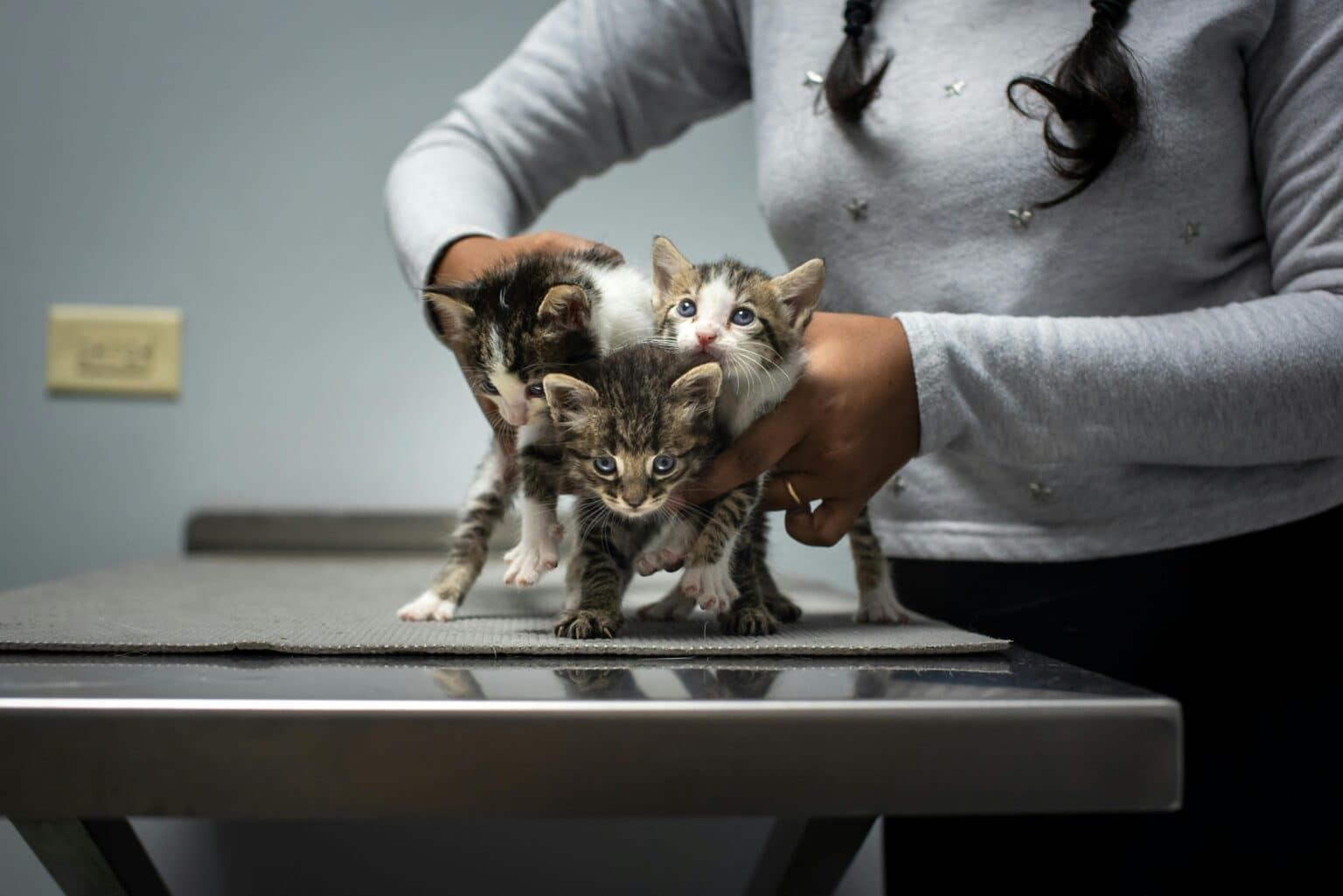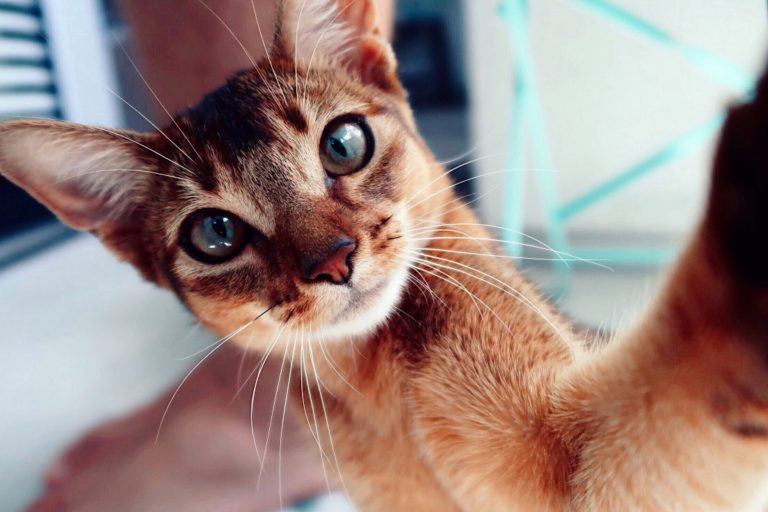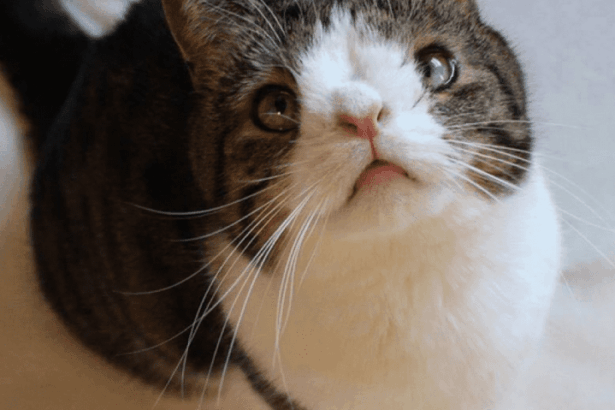Cat sterilization is frequently discussed among cat owners. This decision, often recommended by vets, plays a significant role in controlling the world’s cat population. More than just a means of preventing undesirable behavior, sterilization contributes to the animal’s overall health and well-being, while preventing certain serious diseases.
Cat sterilization: process and benefits
What is cat sterilization?
In medical terms, cat sterilization – also known as castration for males and ovariectomy or ovariohysterectomy for females – is a surgical procedure to remove the animal’s reproductive organs. The operation involves removal of the testicles in males and the ovaries in females, thus stopping the production of sex hormones and preventing reproduction. Although sterilization can be performed at any age, it is generally recommended between 4 and 6 months of age, before the first heat cycle for females.
The benefits of neutering a cat
Spaying and neutering offers so many health and behavioral benefits that it would be difficult to list them all. However, in addition to preventing feline overpopulation, sterilization effectively manages several behavioral problems that are directly linked to sex hormones. For example, male cats are less likely to be aggressive, to mark their territory with urine or to run away from home. For females, sterilization can significantly reduce the risk of developing ovarian or uterine cancer, as well as potentially fatal uterine infections. Taking all these factors into account, sterilization is a wise choice for any responsible cat owner.
Recovery time after sterilization: what to expect
The first 24 hours after surgery
Immediately after surgery, your cat may seem slightly disoriented or more sleepy than usual. This is due to the effect of the anesthesia, which can last several hours after the end of the procedure. It’s not uncommon to notice a certain lethargy in your cat, or a loss of appetite. It may also show tenderness around the surgical area. These side effects are normal immediately after the operation. However, if you notice that symptoms persist or worsen after the first 24 hours, it’s vital to make an appointment with your vet.
Recovery period: following days and weeks
Full recovery can take up to two weeks. During this period, it’s advisable to reduce your cat’s activity level to avoid any potential injury due to overwork. Avoid letting him climb or jump from high places, and try to limit his playtime to quiet activities. In the weeks following sterilization, careful monitoring of your cat’s health is crucial. Watch closely for signs such as discomfort, behavioral changes, appetite problems or complications at the incision site. If you notice anything unusual, make an appointment with your vet immediately.
Post-sterilization care for your cat
Your cat’s comfort essentials
After the procedure, make sure you have a comfortable place for your cat to rest. The place should be quiet and conducive to rest. Make sure your cat has easy access to clean, fresh water and his usual food. Avoid letting him jump or climb for a few days to minimize the risk of injury at the surgery site. A little love and kindness can also help soothe your cat and reduce stress levels during this difficult time.
Keeping an eye on your cat: when should you see a vet?
Neutering a cat is generally a safe and straightforward procedure, but as with any surgical operation, there is a risk of complications. It is therefore important to monitor your cat carefully in the days and weeks following surgery. If you notice a prolonged lack of appetite, bleeding, vomiting, excessive swelling or any other unusual sign, it’s essential to consult your vet without delay.
Neutering is not only an essential act of prevention for the well-being of our feline friends, but also a significant step towards a balanced environment. As an owner, being fully informed and involved throughout this process is crucial, both for your cat’s health and for the preservation of the world’s cat population. So, by playing an active role in the post-operative period, you’re ensuring a smooth recovery for your cat and actively helping to promote sterilization as a responsible animal health measure.






